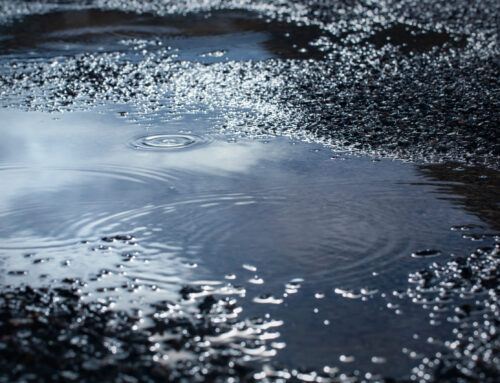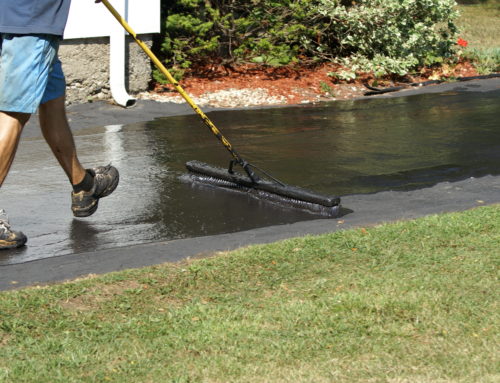The season of seals continues with more discussion of seal coats and their importance, use and the troubles facing their performance or lifespan. Last time we looked at the drastic power the pavement itself can exert over the seal coat and the causes of common performance complaints. In short, it’s likely the pavement’s fault. This time we will examine it from the other end. If the pavement is in tip top shape, what can cause the sealer to wear in an accelerated manner? A myriad of caused in fact!
The sealer can wear early if the mix of sealer was not applied properly or if it was watered down too much. Additionally, if the pavement was opened to traffic before it had an adequate time to cure is another possible reason why a seal coat job may not last as long as expected.
For the most part, however, the accelerated wear of sealer can be sorted into one large cause. Environmental factors. This covers a wide range of possibilities. If the sealer was applied and the weather was too cold, if it rained before the sealer had cured or dried entirely. Both possible causes for the sealer to seemingly wear off to fast. There is thought that if the pavement itself is often treated with chemicals to prevent freezing , such as salt, then the pavement can hold onto those chemicals for a long time and leak into the sealer causing it to wear before its time. The same holds true if clients work on their driveways and use chemicals.
Of course, all of these don’t take into account the other likely problem, and that’s what we discussed last week. That the pavement wasn’t made quite correctly, whether it lacked sand or another compound or it was not maintained well for the sealer to work optimally.
In the long run, sealer is only as good as the pavement on which it seals. For both to function at their pinnacle, both need to be properly made, maintained and joined, and it is important for everyone involved to know the possible causes for this weakness to ensure a happy business relationship.



